In the heart of central Vietnam, the Imperial City of Huế stands as a living testament to centuries of royal glory. Once the political and cultural heart of the Nguyễn Dynasty, this UNESCO World Heritage Site continues to evolve - not as a relic frozen in time, but as a dynamic heritage space where history breathes and the future is thoughtfully crafted.
Recently, Huế welcomed the return of two monumental palaces that once defined the soul of its royal court: Thái Hòa Palace and Kiến Trung Palace. Their revival marks not only the restoration of architectural beauty but also the rebirth of cultural life within the citadel. Through meticulous craftsmanship, advanced conservation techniques, and visionary planning, these two buildings illuminate a new chapter in the story of Vietnam’s ancient capital.
Thái Hòa Palace: The ceremonial heart of the Empire reborn
First constructed in 1805 under Emperor Gia Long, Thái Hòa Palace was the most important ceremonial hall of the Nguyễn Dynasty - the site of coronations, royal audiences, and grand national rituals for over a century. Through wars and weather, it endured, but by the early 2000s, the structure showed signs of serious decay.
In response, the People’s Committee of Thừa Thiên Huế Province launched one of the largest heritage restoration efforts in the city’s history: a comprehensive project to conserve, reinforce, and rejuvenate the entire complex of Thái Hòa Palace.
The golden royal throne of the Nguyễn emperors restored to its former splendor.
The restoration began in November 2021, with a total investment exceeding 128 billion VND (approximately USD 5 million). After three years of intensive work by architects, archaeologists, and master artisans, the palace was completed and reopened to the public in late 2024 - a full year ahead of schedule.
But this was far more than a cosmetic facelift. The project delved deeply into the palace’s structure and soul:
- The foundation and courtyard were reinforced, and the stone balustrades and terraces were rebuilt to match the original 19th-century design.
- The royal throne, canopy, and court furniture were carefully restored to recreate the ceremonial layout used during imperial rituals.
- Ornamental details - wood carvings, gilded lacquer, bronze fittings - were preserved or recreated using traditional materials and archival drawings.
- Modern systems for lighting, safety, and communication were installed discreetly, ensuring comfort for visitors while protecting the site’s authenticity.
Throughout the process, Huế’s finest artisans combined centuries-old techniques -wood joinery, lacquer painting, gilding - with modern conservation science. Their craftsmanship restored the palace’s shimmering beauty while ensuring durability against Huế’s tropical humidity.
The restored Thái Hòa Palace stands today not only as a model of Vietnam’s heritage expertise but also as a powerful symbol of cultural renewal. It brings visitors closer to the majesty of the royal court and enhances Huế’s position as a leading destination for cultural tourism.
Kiến Trung Palace: A royal residence reimagined
While Thái Hòa represents the solemn heart of imperial power, Kiến Trung Palace reflects the refined elegance of a later era. Built between 1921 and 1923 during the reign of Emperor Khải Định, this palace once showcased a remarkable blend of Asian architecture and European aesthetics - an embodiment of Huế’s openness to the world in the early 20th century.
Destroyed in 1947 during wartime, Kiến Trung lay in ruins for decades. But starting in 2019, a new restoration project - worth over 123 billion VND - brought it back to life.
Valuable royal artifacts displayed inside the palace.
Artisans and architects meticulously reconstructed the palace using surviving blueprints, photographs, and archival documents. The interiors, stone stairways, and decorative ceramic mosaics were faithfully recreated, capturing the luxurious yet graceful style that once defined the residence of Emperor Bảo Đại, Vietnam’s last monarch.
Reopened in early 2024, Kiến Trung Palace now offers visitors a rare glimpse into the royal life of the modern age - where Vietnamese traditions met European sophistication. Its light-filled corridors, restored balconies, and scenic views over the palace grounds have quickly made it one of Huế’s most photogenic attractions.
Heritage for the Future: Sustainable restoration in Huế
What sets the restoration of Thái Hòa Palace apart is not just its grandeur, but its commitment to sustainability. The project was developed according to LOTUS green building standards, a pioneering step in Vietnam’s heritage sector.
By incorporating energy efficiency, environmental management, and responsible material use, Huế is charting a new course - one where heritage conservation and sustainable development go hand in hand. This modern approach reflects a broader vision: protecting cultural identity while embracing innovation and ecological awareness.
Through projects like these, Huế positions itself as a model for future-oriented heritage management - balancing authenticity, education, and tourism.
A Living legacy
The simultaneous restoration of Thái Hòa and Kiến Trung Palaces embodies a profound philosophy: to preserve the past is not merely to rebuild what once stood, but to revive the living essence of heritage.
Behind each gilded beam and polished stone lies the dedication of countless researchers, artisans, and cultural workers - people who see heritage not as an artifact, but as a bridge connecting generations.
Each March, when the pink tung blossoms bloom across the citadel, young visitors flock here to capture timeless moments.
Today, the Imperial City of Huế has transformed from a quiet relic into a vibrant cultural destination. Visitors can walk beneath dragon-carved roofs, listen to the echoes of ancient ceremonies, and immerse themselves in the stories of Vietnam’s last royal dynasty.
A visit to Thái Hòa Palace and Kiến Trung Palace is more than a historical journey - it’s a conversation between past and future, between tradition and creativity. It is a reminder that heritage, when cared for with vision and respect, never truly fades - it evolves, inspiring those who come after./.
Text and photos by Quỳnh Liên





![[تصویر] وزیر اعظم فام من چن نچلی سطح پر سیکورٹی اور نظم و نسق کے تحفظ میں حصہ لینے کے لیے ایک سال کی افواج کی تعیناتی کا جائزہ لینے کے لیے ایک کانفرنس میں شرکت کر رہے ہیں۔](https://vphoto.vietnam.vn/thumb/1200x675/vietnam/resource/IMAGE/2025/11/12/1762957553775_dsc-2379-jpg.webp)

![[تصویر] ڈونگ نائی سے گزرنے والی شاہراہیں۔](https://vphoto.vietnam.vn/thumb/1200x675/vietnam/resource/IMAGE/2025/11/12/1762940149627_ndo_br_1-resize-5756-jpg.webp)








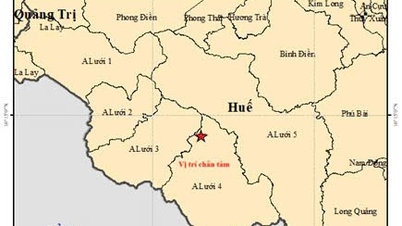



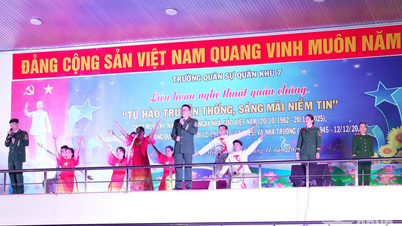

















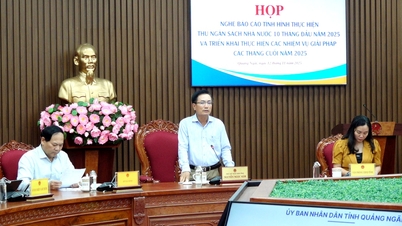





































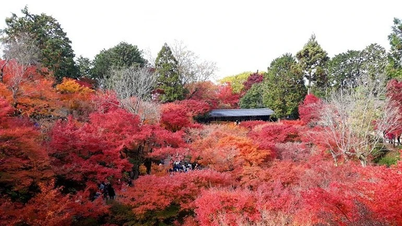








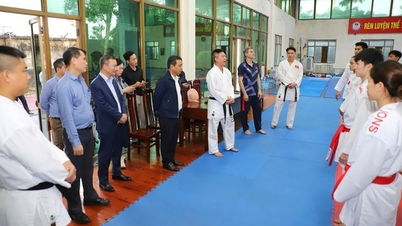










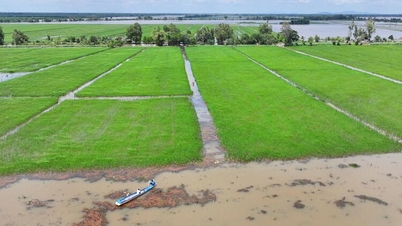







![ڈونگ نائی OCOP منتقلی: [آرٹیکل 3] سیاحت کو OCOP مصنوعات کی کھپت سے جوڑنا](https://vphoto.vietnam.vn/thumb/402x226/vietnam/resource/IMAGE/2025/11/10/1762739199309_1324-2740-7_n-162543_981.jpeg)







تبصرہ (0)